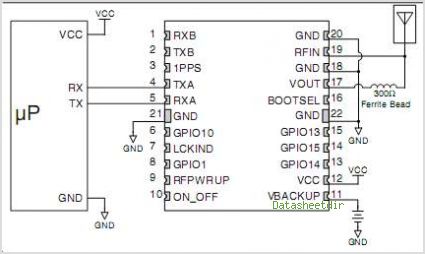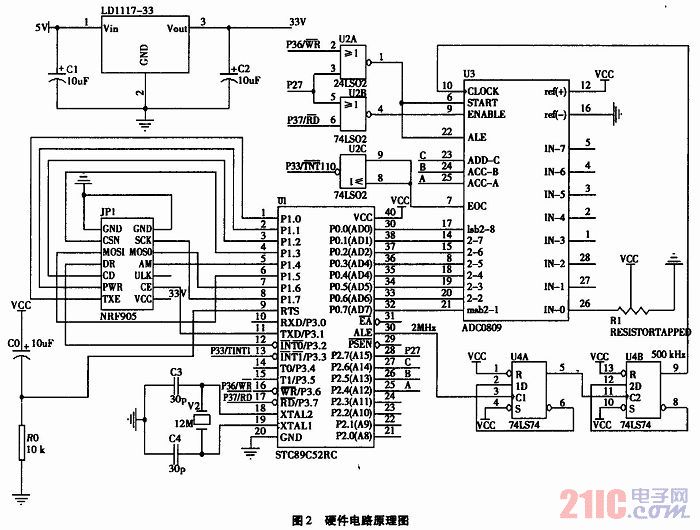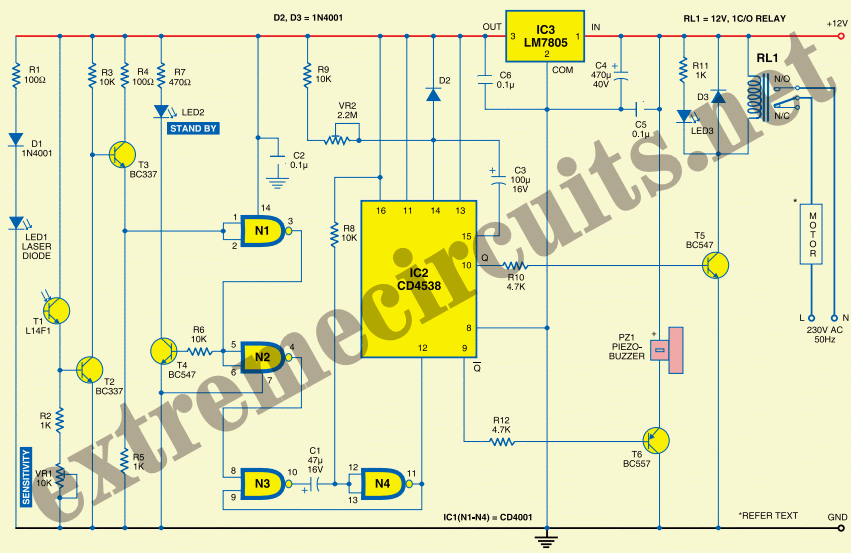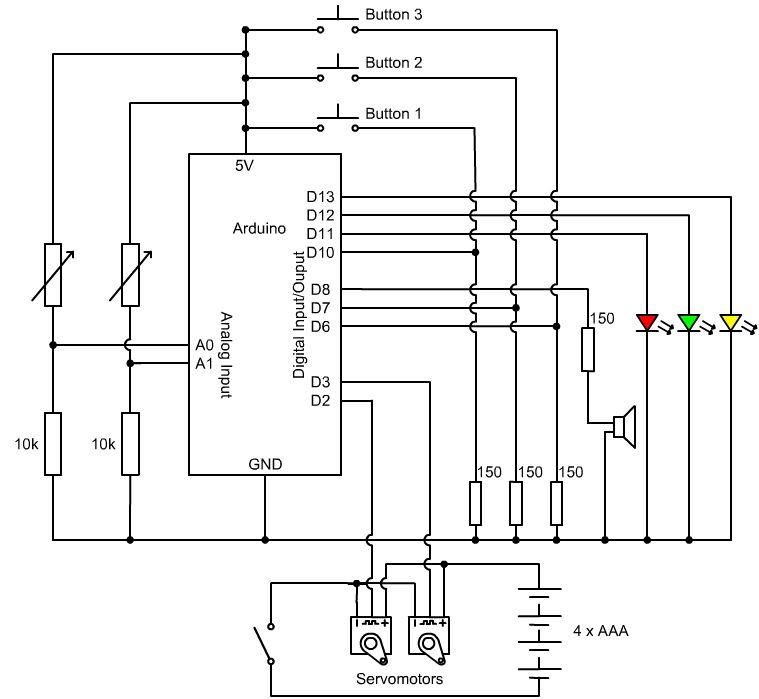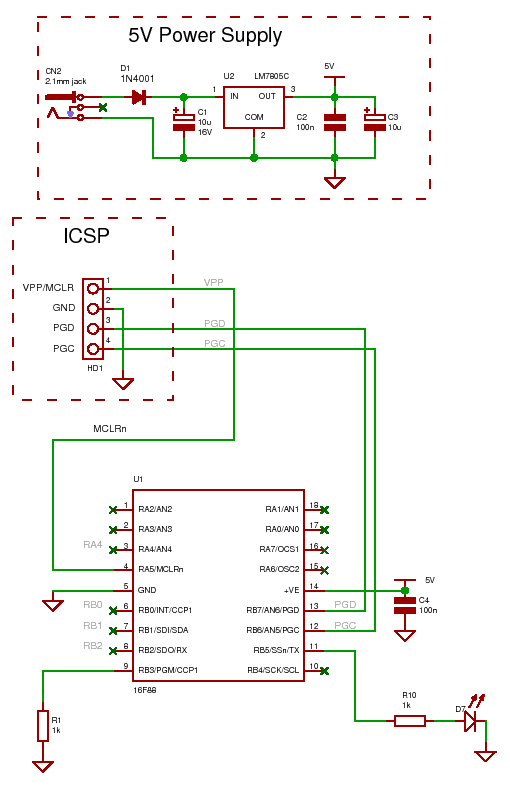
dyi setup and debugging guide
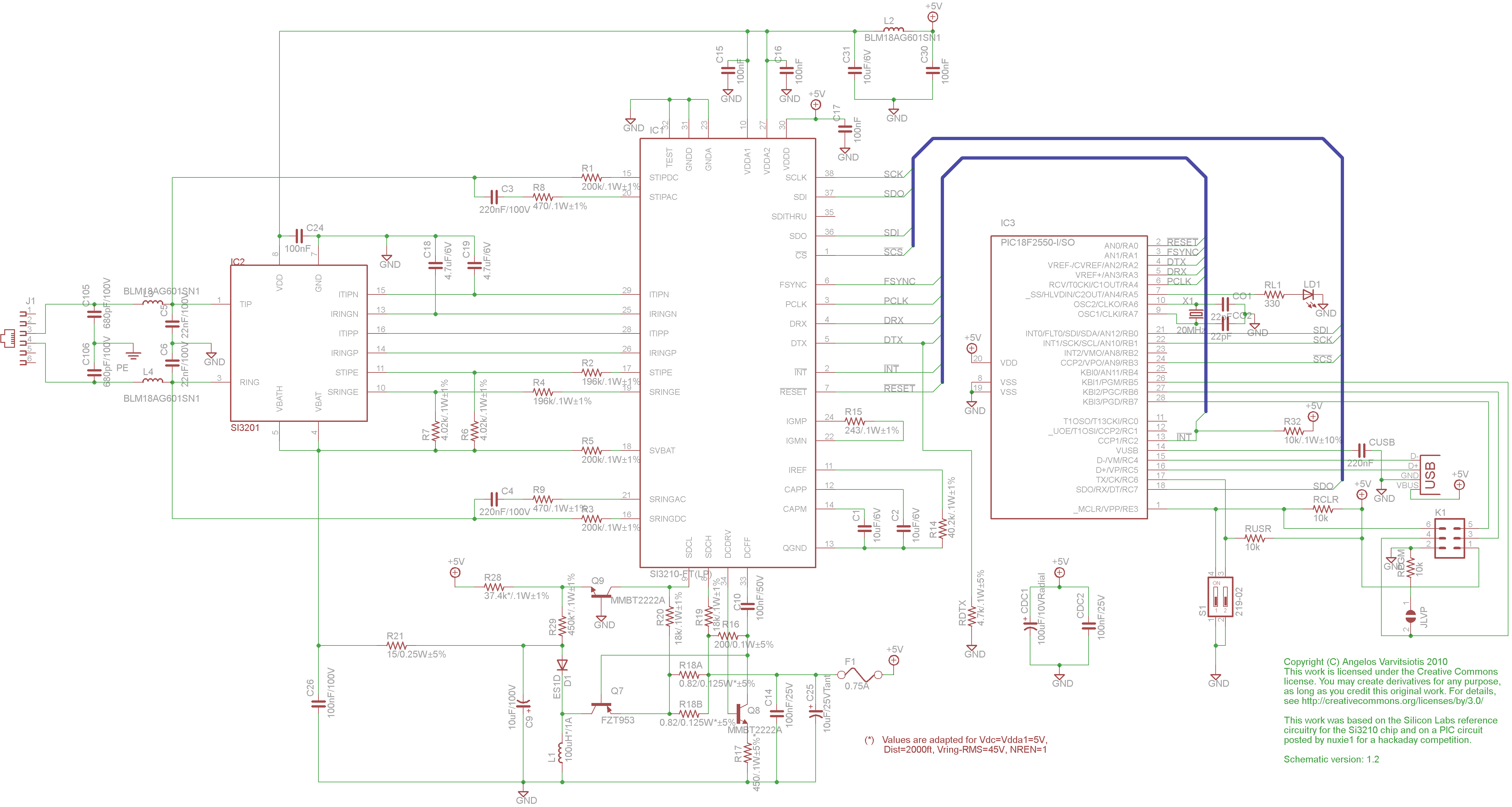
This page discusses the differences between assembled Open USB FXS dongle boards and DIY boards. While the assembled boards are fully tested and quality control approved, DIY boards may encounter various issues during assembly. Fortunately, most of these issues can be resolved, except for severe problems such as damaging a chip or the PCB.
The Open USB FXS dongle serves as a crucial interface for connecting traditional telephony equipment to Voice over IP (VoIP) networks. The assembled version of this device comes with the assurance of comprehensive testing and quality control, ensuring reliable performance for end-users. In contrast, the DIY version offers enthusiasts the opportunity to engage in hands-on assembly, which can enhance understanding of the device's operation but carries inherent risks.
Common challenges faced during the assembly of DIY boards may include incorrect soldering of components, misplacement of connectors, or failure to properly configure the firmware. These issues can lead to malfunctioning units, which may require troubleshooting and repair. However, most assembly errors can be rectified with proper guidance and attention to detail, allowing users to successfully complete the build.
In terms of design, the Open USB FXS dongle typically features a microcontroller for processing, an FXS port for connecting to analog phones or fax machines, and USB connectivity for interfacing with computers or routers. The circuit design includes essential components such as capacitors, resistors, and voltage regulators to ensure stable operation. Users are encouraged to follow the schematic diagram meticulously and verify each connection against the provided documentation to minimize the risk of errors.
For those undertaking the DIY assembly, it is advisable to have a basic understanding of electronics, soldering techniques, and familiarity with the components involved. Additionally, utilizing a multimeter to check connections and voltages can aid in ensuring proper functionality post-assembly. Overall, while the DIY route presents challenges, it also offers valuable learning opportunities for those interested in electronics and telecommunications.About this page While assembled Open USB FXS dongle boards will come to the user fully tested and QC-approved, this is not the case for a DIY board. There are various things in doing-it-yourself that can go wrong. Happily, most of those things (with the exception of e.g. ruining a chip or the PCB) are.. 🔗 External reference
The Open USB FXS dongle serves as a crucial interface for connecting traditional telephony equipment to Voice over IP (VoIP) networks. The assembled version of this device comes with the assurance of comprehensive testing and quality control, ensuring reliable performance for end-users. In contrast, the DIY version offers enthusiasts the opportunity to engage in hands-on assembly, which can enhance understanding of the device's operation but carries inherent risks.
Common challenges faced during the assembly of DIY boards may include incorrect soldering of components, misplacement of connectors, or failure to properly configure the firmware. These issues can lead to malfunctioning units, which may require troubleshooting and repair. However, most assembly errors can be rectified with proper guidance and attention to detail, allowing users to successfully complete the build.
In terms of design, the Open USB FXS dongle typically features a microcontroller for processing, an FXS port for connecting to analog phones or fax machines, and USB connectivity for interfacing with computers or routers. The circuit design includes essential components such as capacitors, resistors, and voltage regulators to ensure stable operation. Users are encouraged to follow the schematic diagram meticulously and verify each connection against the provided documentation to minimize the risk of errors.
For those undertaking the DIY assembly, it is advisable to have a basic understanding of electronics, soldering techniques, and familiarity with the components involved. Additionally, utilizing a multimeter to check connections and voltages can aid in ensuring proper functionality post-assembly. Overall, while the DIY route presents challenges, it also offers valuable learning opportunities for those interested in electronics and telecommunications.About this page While assembled Open USB FXS dongle boards will come to the user fully tested and QC-approved, this is not the case for a DIY board. There are various things in doing-it-yourself that can go wrong. Happily, most of those things (with the exception of e.g. ruining a chip or the PCB) are.. 🔗 External reference
